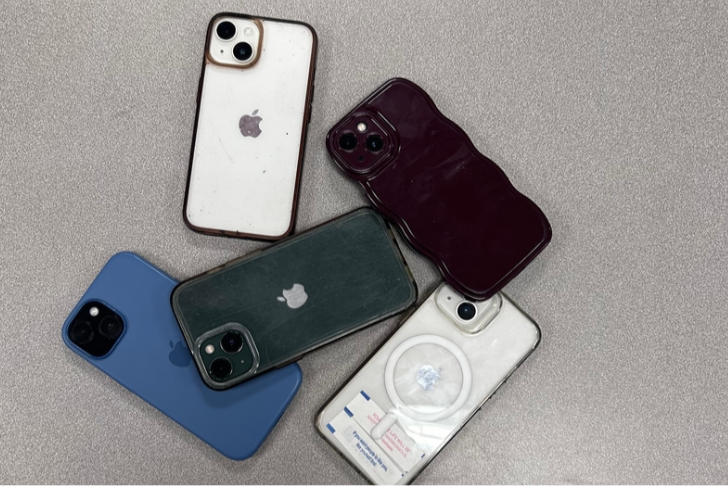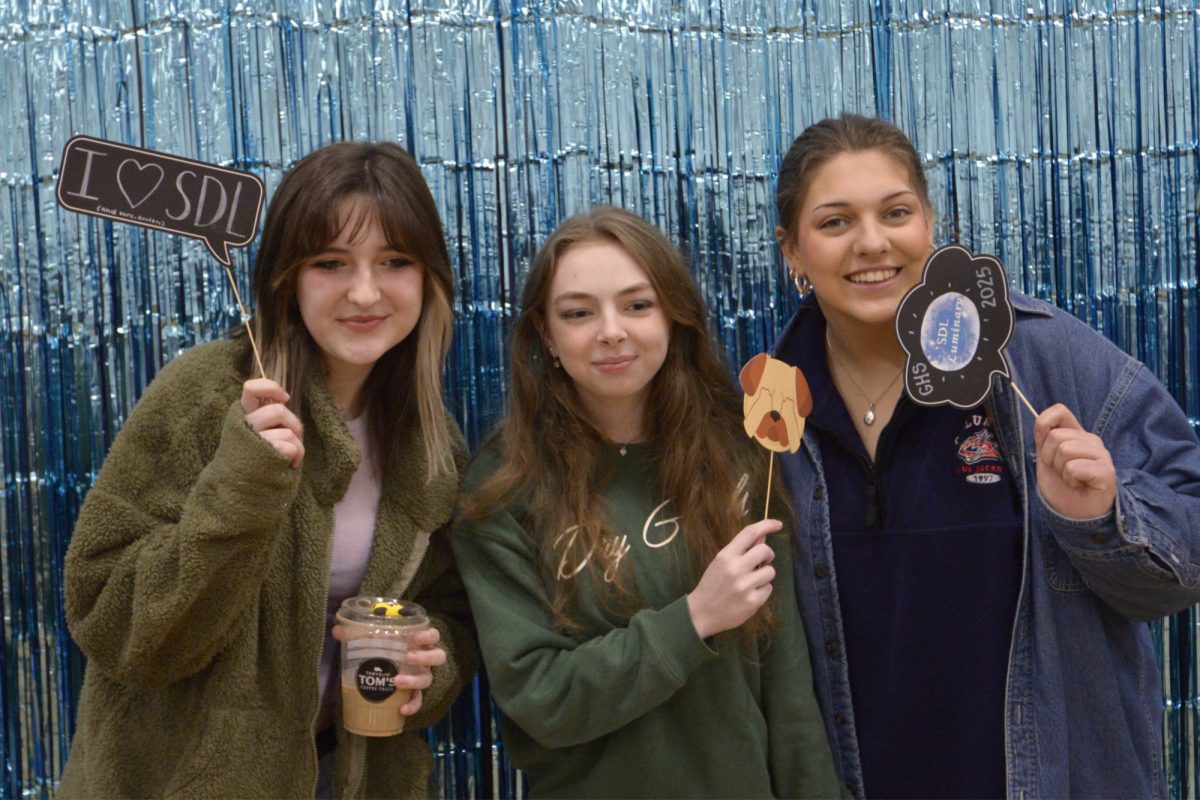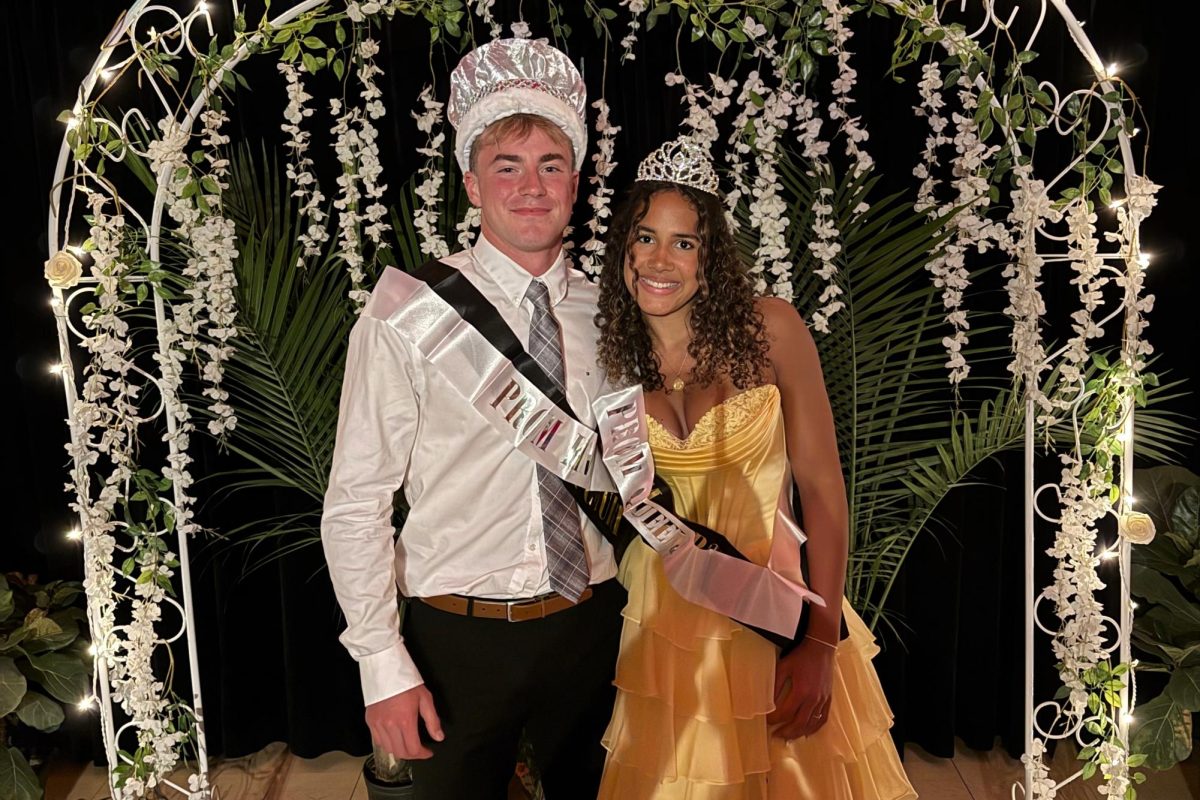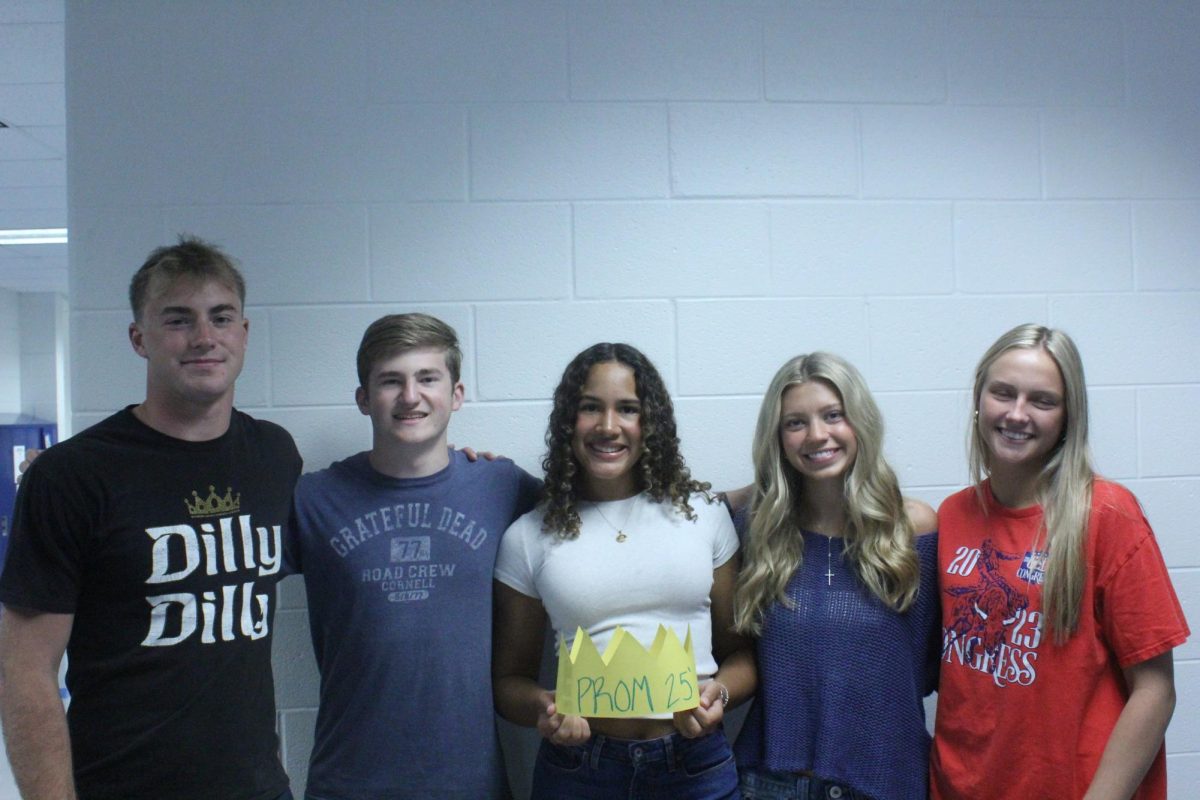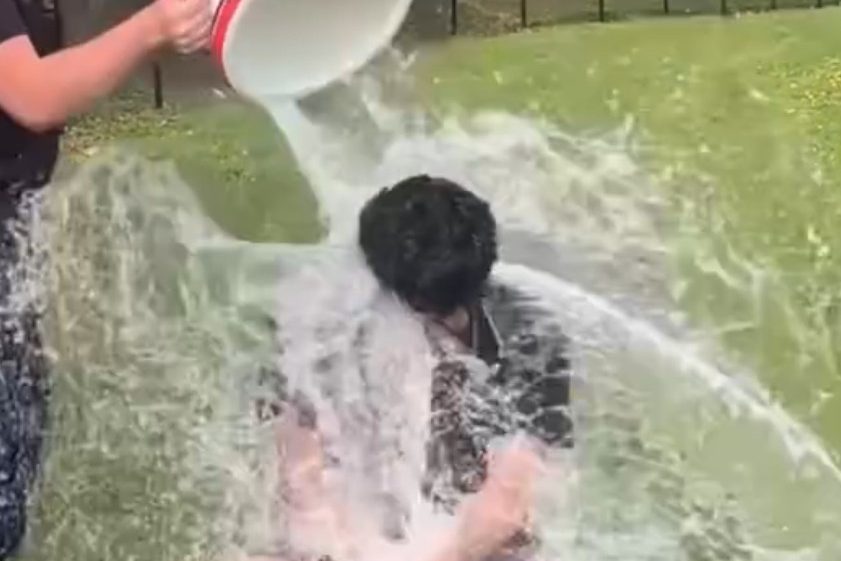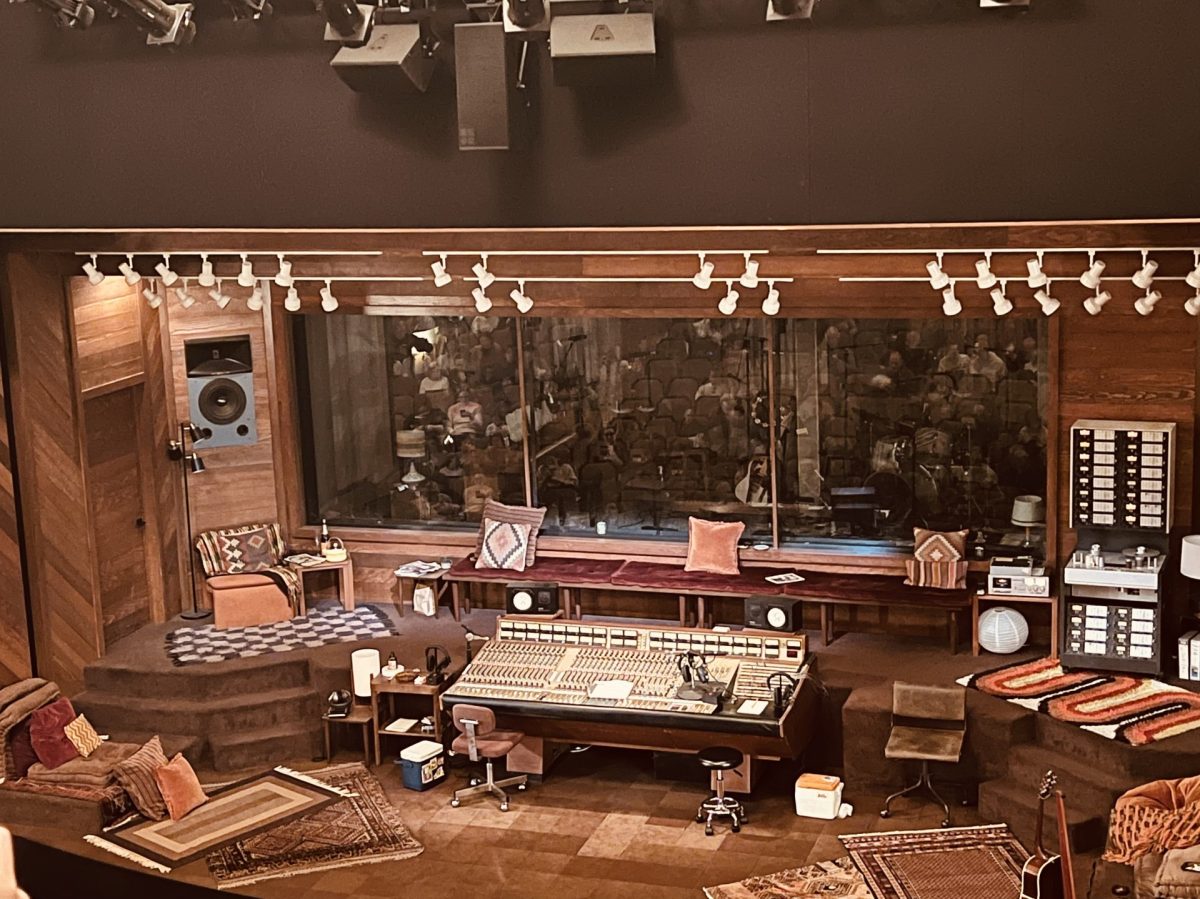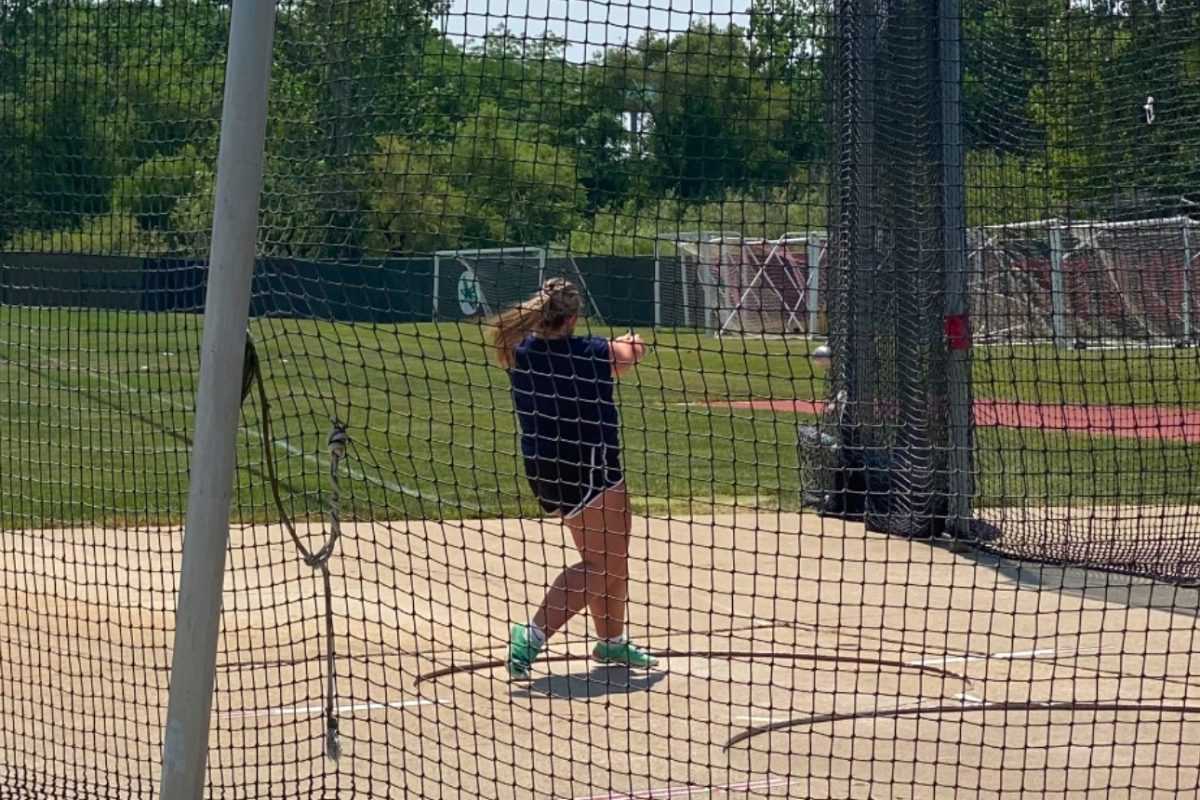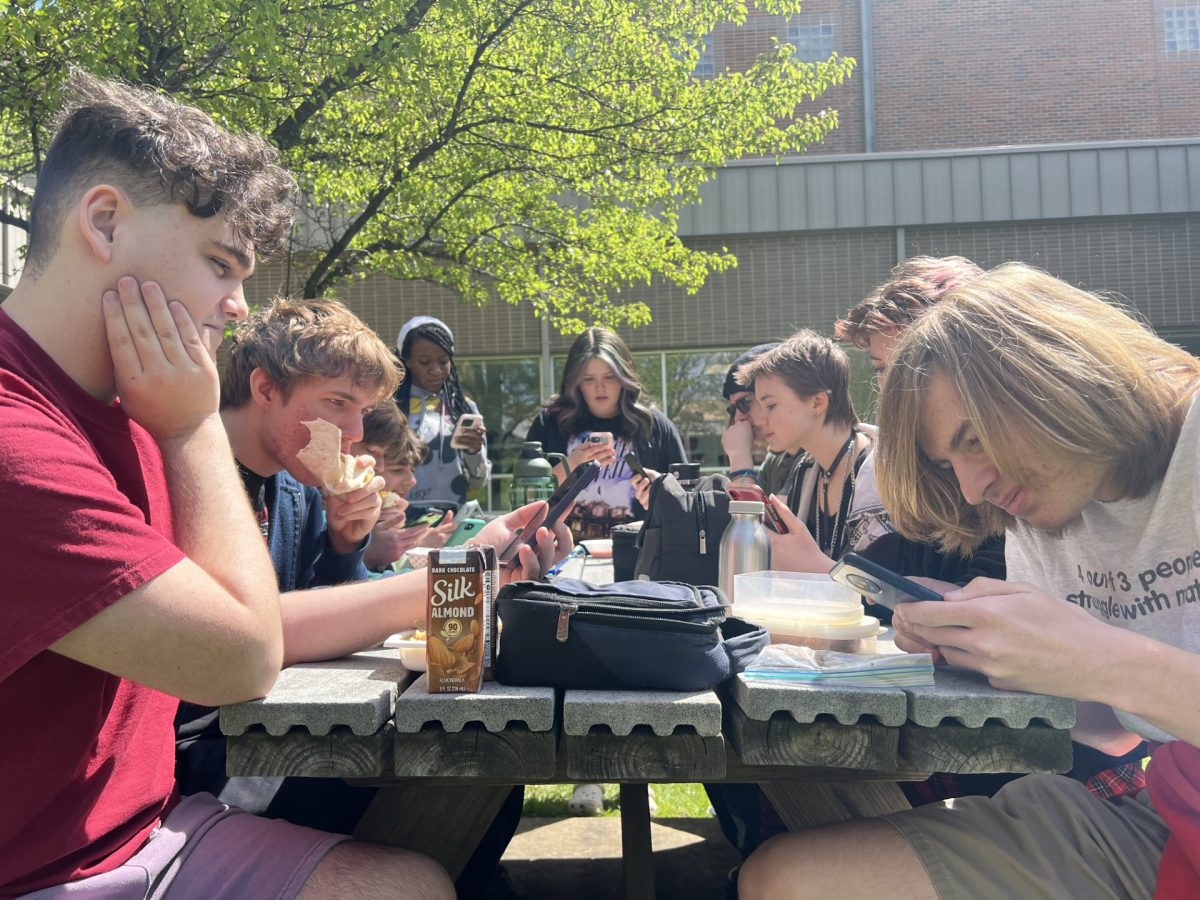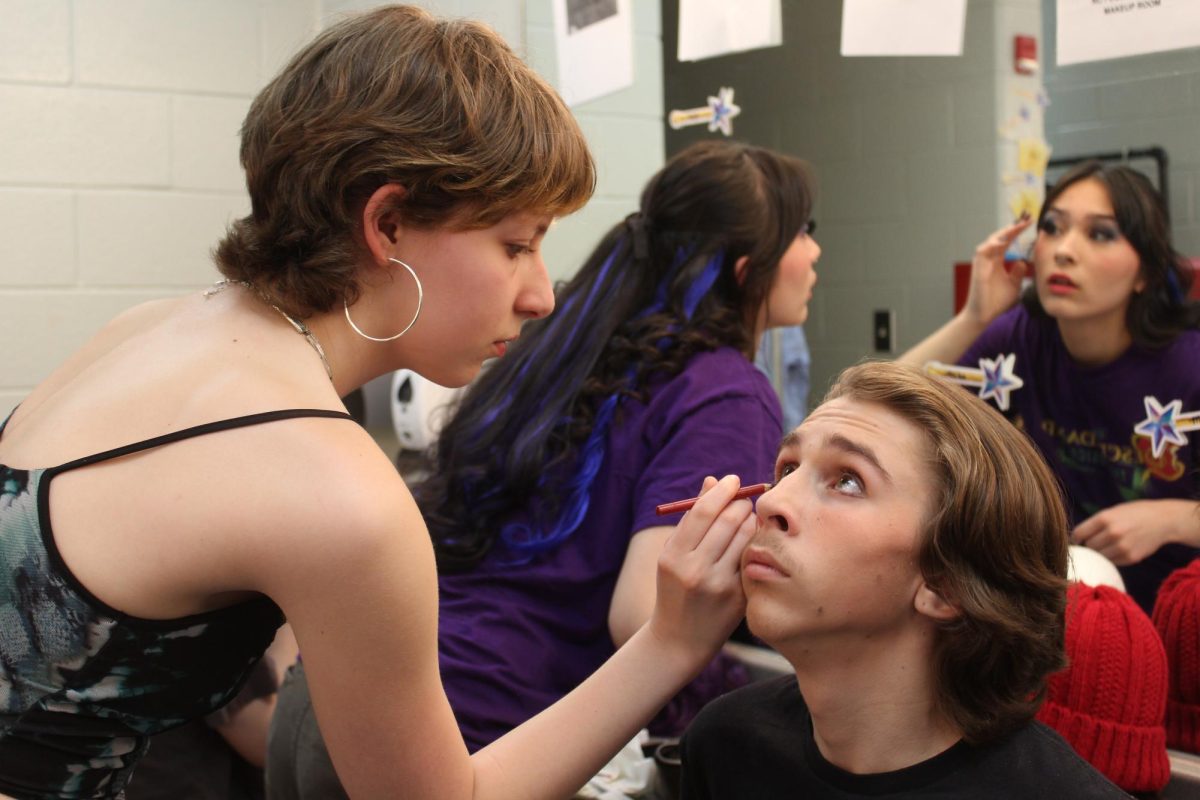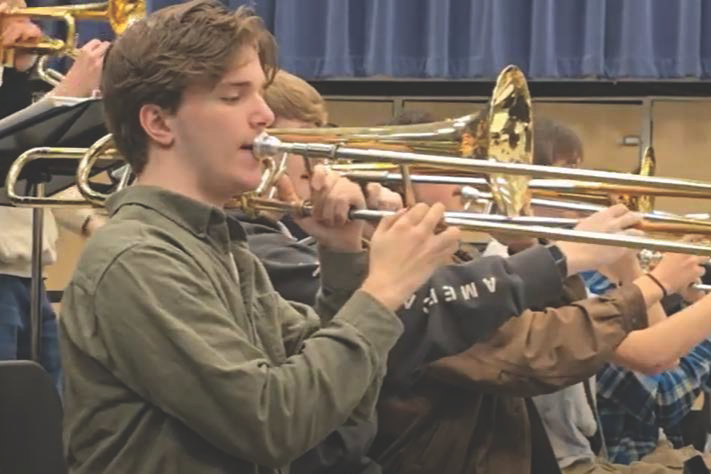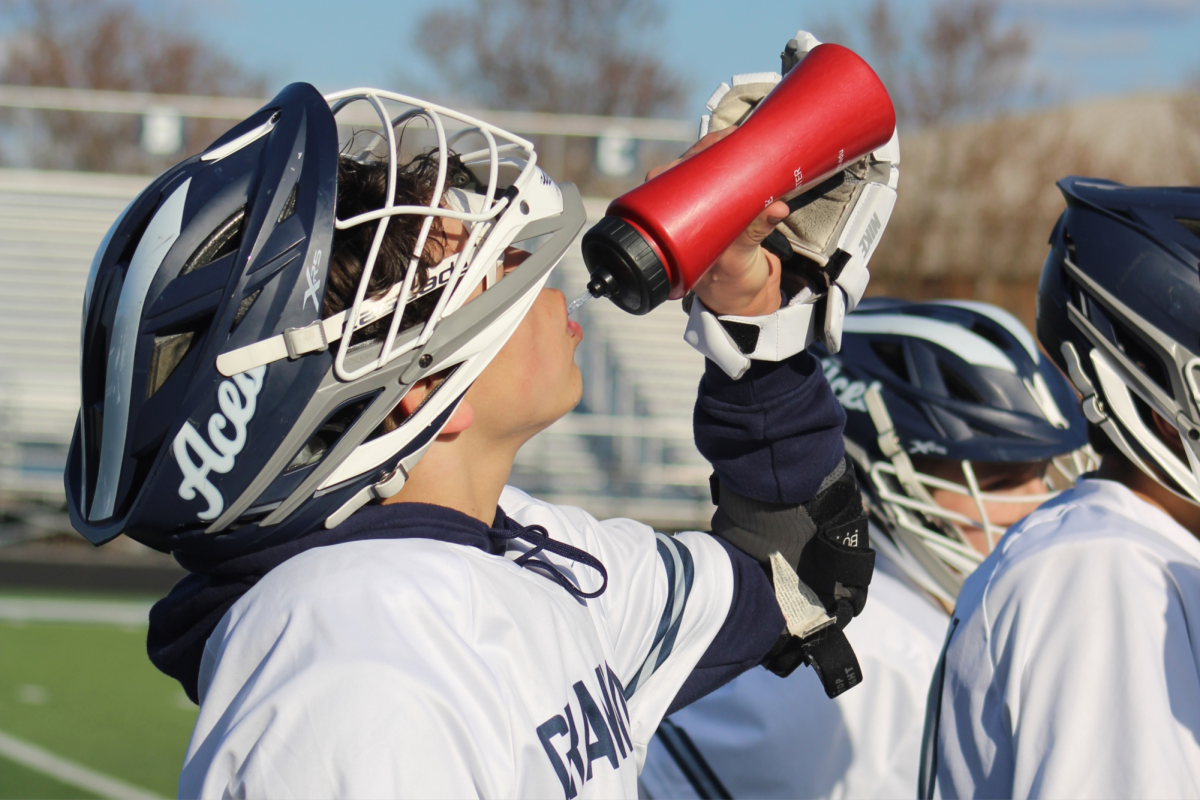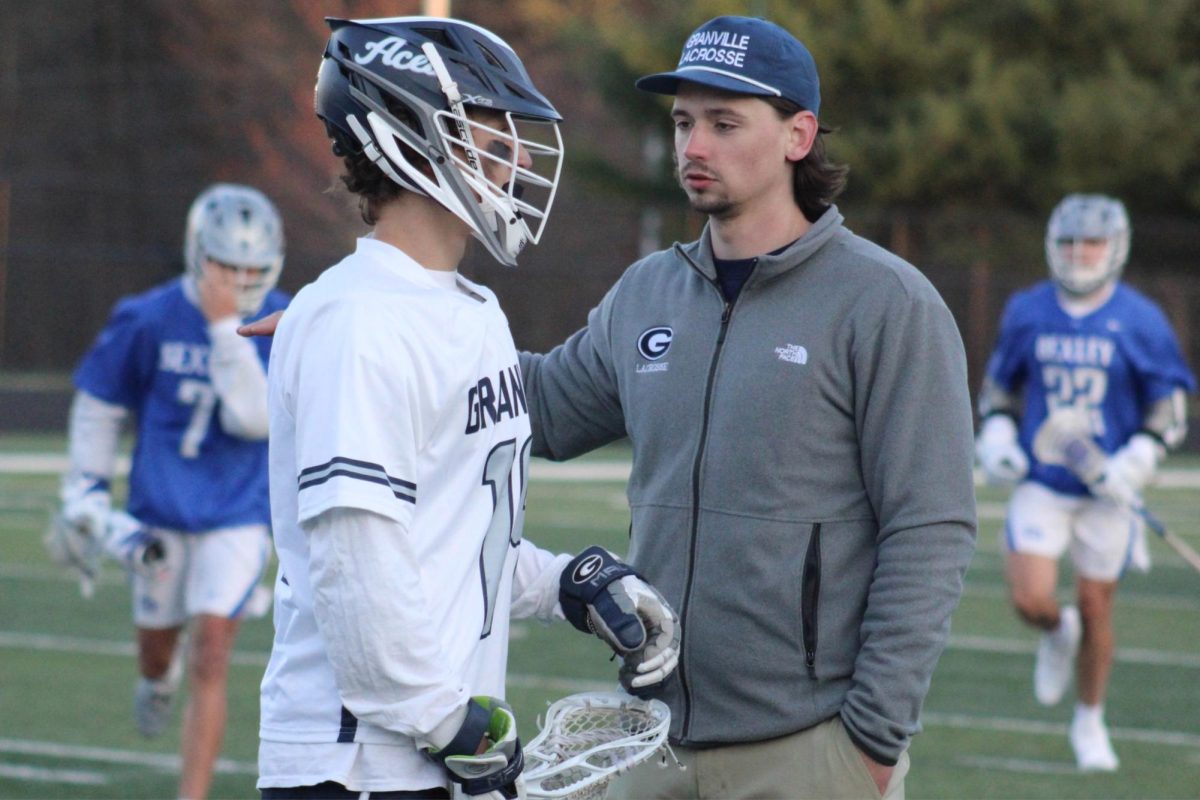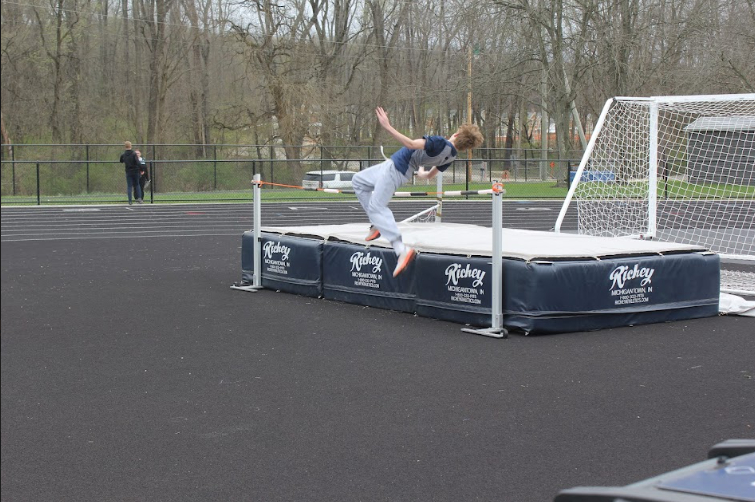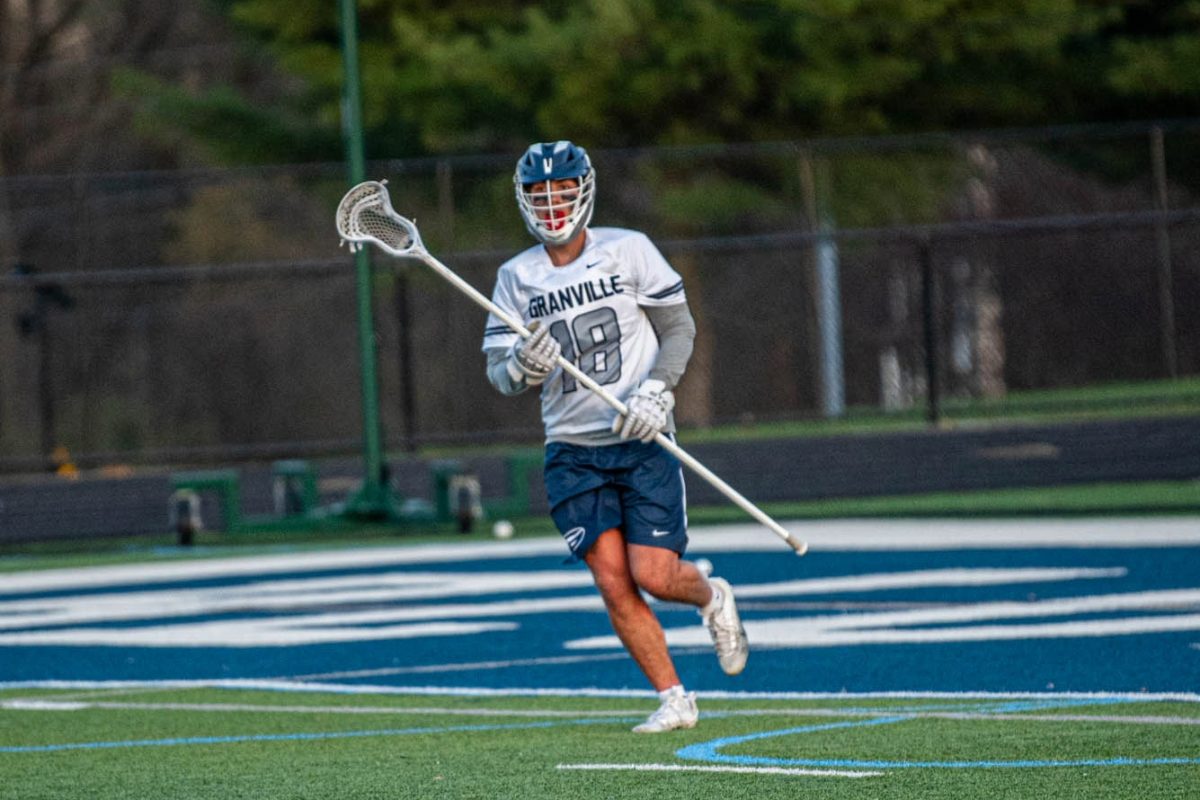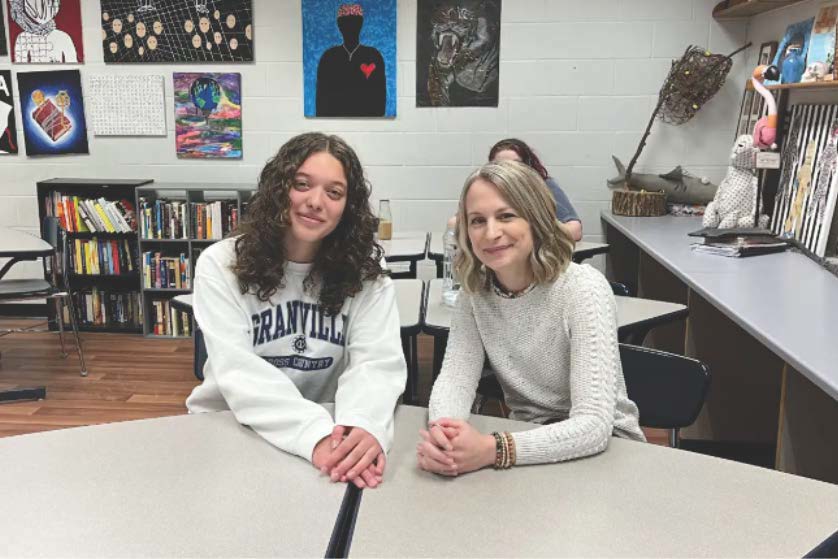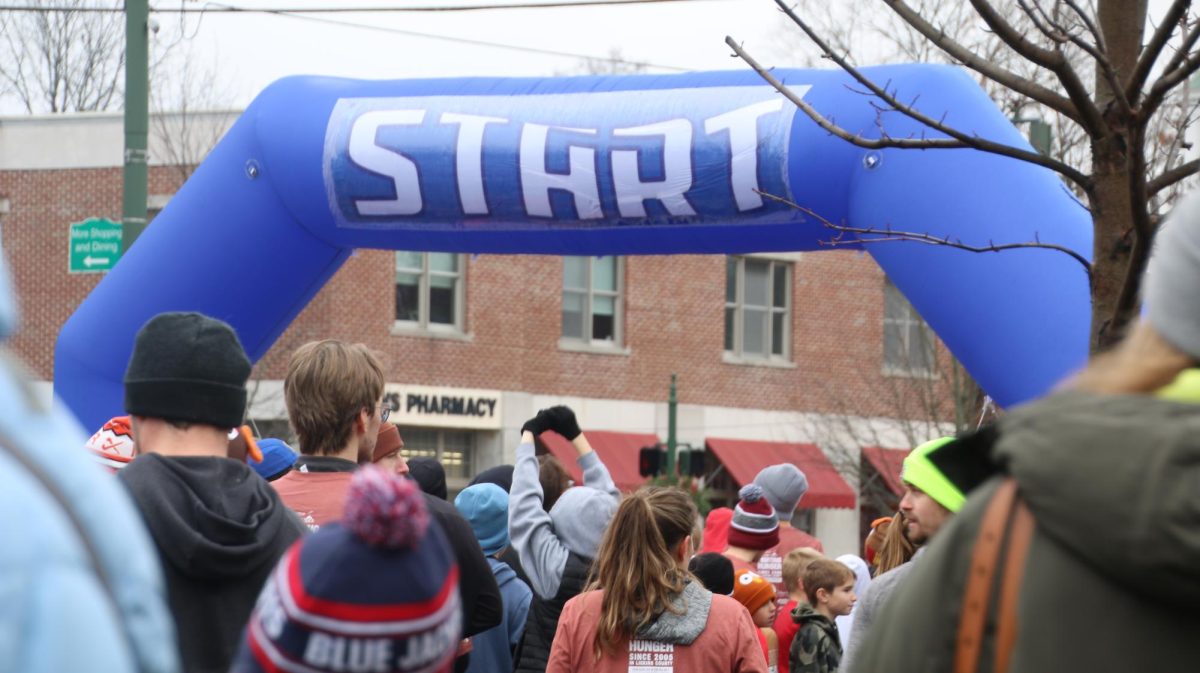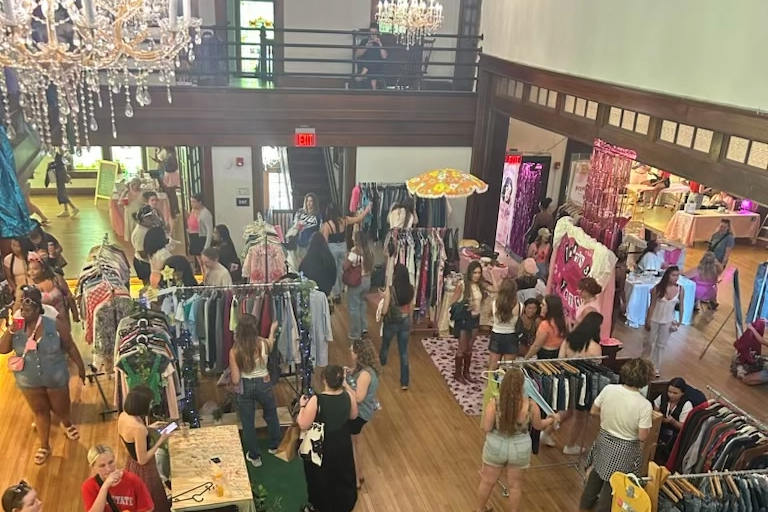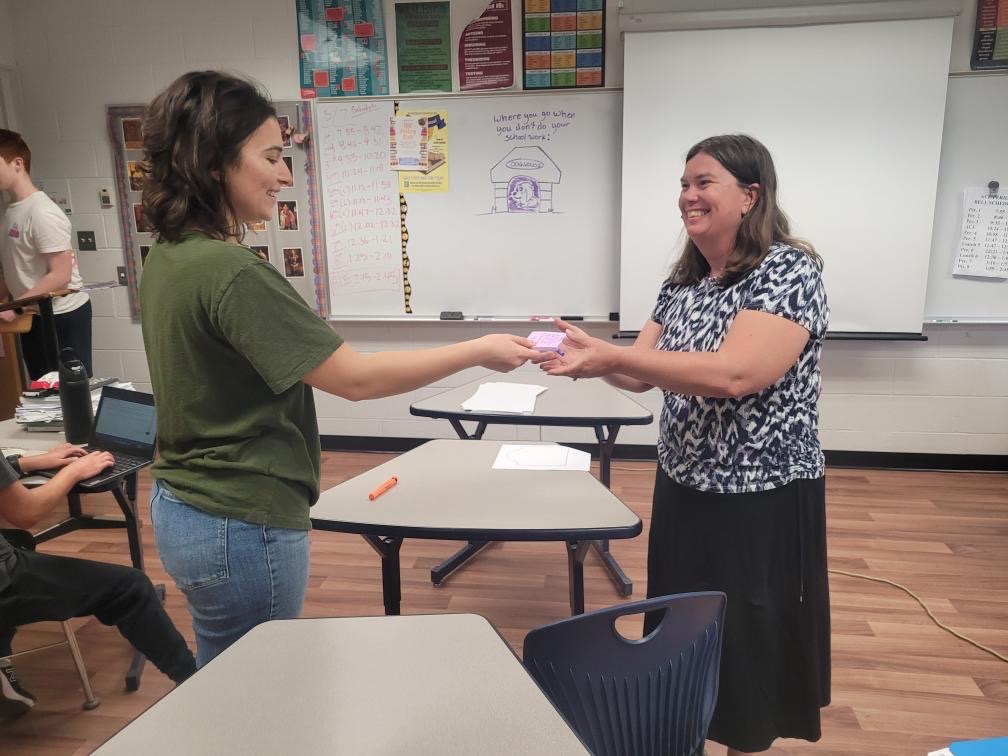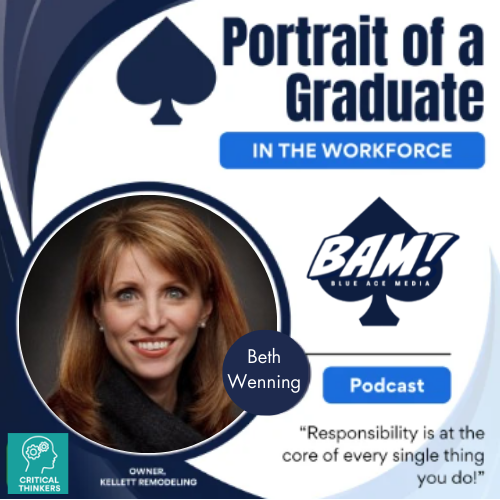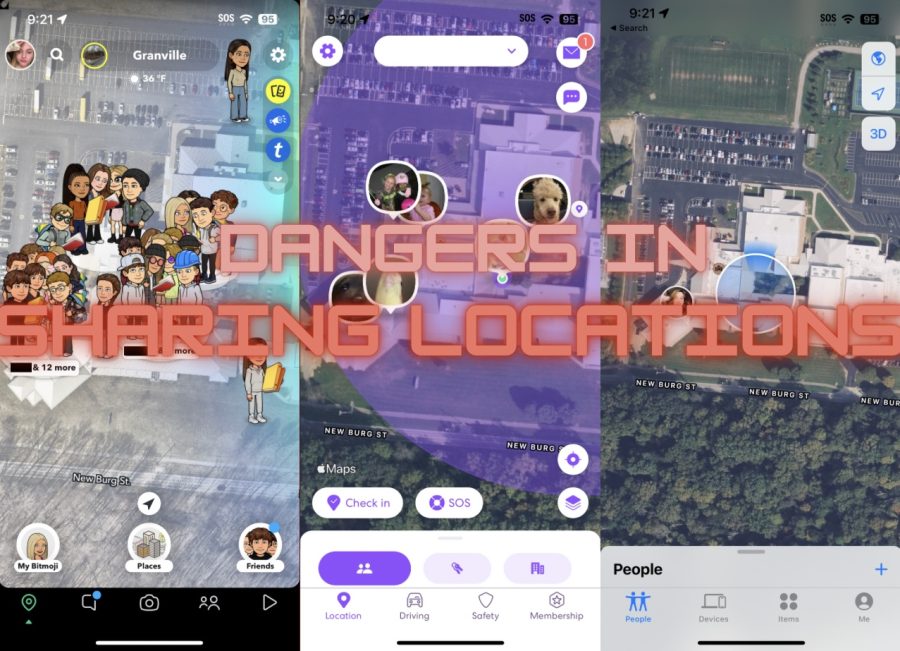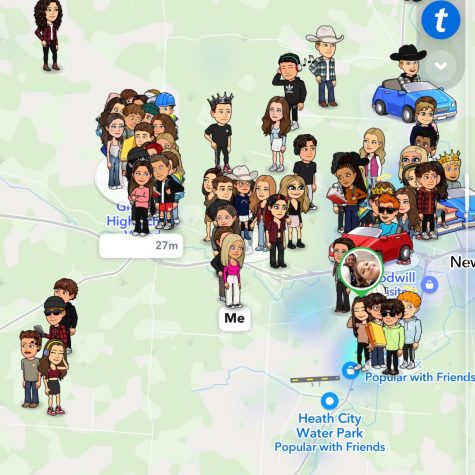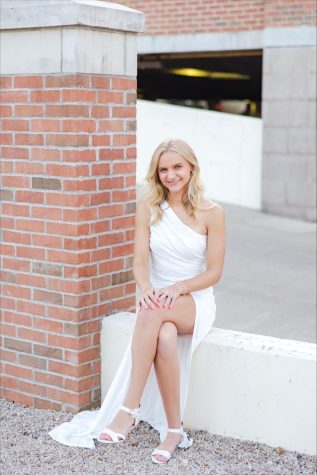Dangers of sharing locations
March 20, 2023
Throughout time, social media has evolved in more ways than one. Sharing locations has become a danger in many teenagers’ lives that can go unnoticed by some.
Popular apps that can be dangerous for sharing locations include Life360, Snapchat, FindMy and even Instagram (See sidebar for more information).
These apps make it easier for predators to become aware of where individuals or groups of teenagers are. Sharing locations on multiple apps can increase the danger, but even through one app, there are many dangers.
“I share my location on Snapchat with my friends, but I think it is dangerous to share your location with people you don’t really know on Snapchat, it should just be shared with the friends that you select,” junior Emma Allen said.
On Snapchat and Instagram, teenage users often go face to face with follower count and Snapscore which causes many younger users to allow other unknown users to follow or add them.
A 17-year-old girl, living in Lake Chad, a region in West Africa, was put in contact with “a man, Ben, who promised to pay her way to Italy and use his connections to find her a restaurant job,” Unwomen states.
After meeting this man, who she did not know, she was placed in his home with a group of other boys and girls, “made to swear that she wouldn’t try to run away.” Her story tells the world the dangers of friending people who teenagers do not know. At the end of her story, she is released from a camp where she was forced to be a prostitute for other men and women.
Through this story and others like it, it can be proven that sharing locations alongside friending unknown users can end in scary and sometimes heartbreaking disasters.
With the SnapMap feature on Snapchat, location tracking is only available when the user opens the app, unless in ‘Ghost Mode’. This can be dangerous because many teenagers have allowed other users to add them they do not know. Catfishing, a person acting as though they are someone else, is very prevalent on social media apps, specifically on Snapchat and Instagram.
On numerous occasions, Instagram allows users to choose to have their accounts private or public. By this precaution, private accounts allow users to accept or decline a follow request, whereas public accounts do not have the ability to decline follow requests.
Many teenagers these days are not monitored by parents, so many make their accounts public. These public accounts can be dangerous because random accounts are able to follow and even stalk the accounts to gain information on the whereabouts of the account owner.
“If it’s a certain restaurant then yes it is dangerous, but if it is a general place, like ‘Ohio’ then, no it’s not because they could be anywhere,” senior Lilly Hoch said.
According to the Pew Research Center, “16% of teen social media users have set up their profile to automatically include their locations.”
“More than six in ten children aged 3-17 (62%) had their own profile on at least one social media app or site in 2021, rising to more than nine in ten (94%) 16-17-year-olds,” Ofcom states.
The dangers are growing rapidly as more teenagers continue to share their locations with unknown users that may be friended among their apps.


